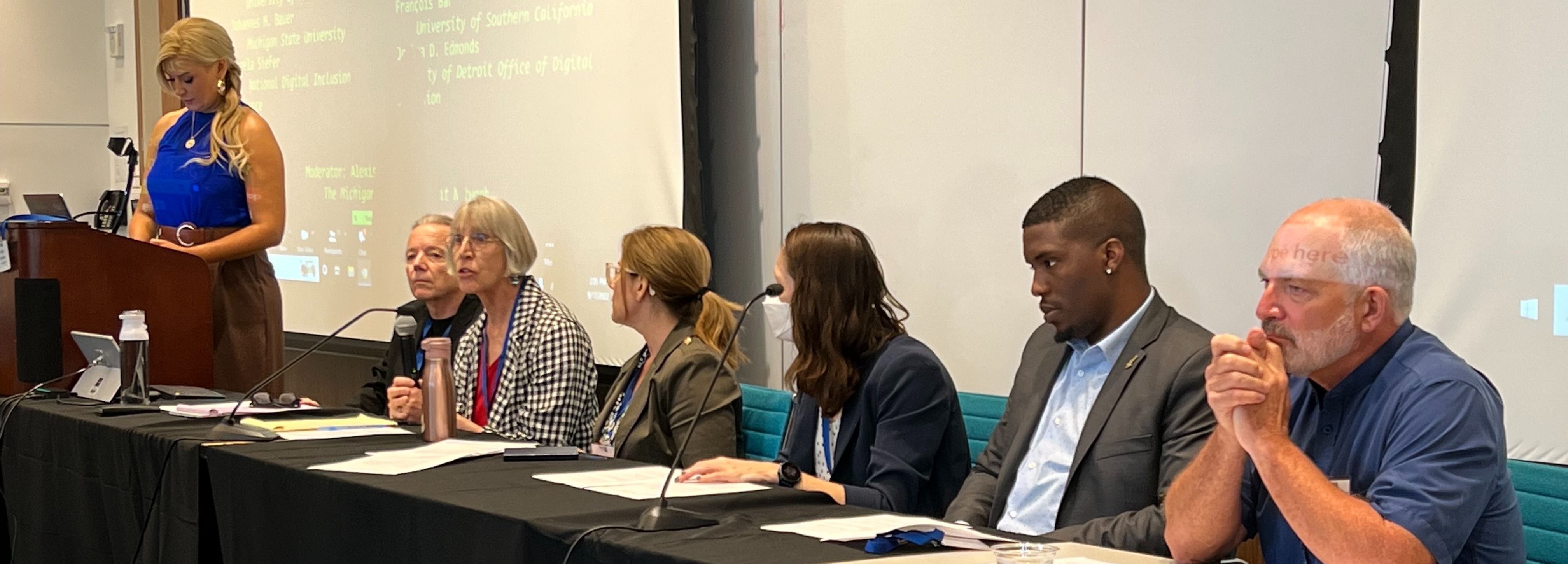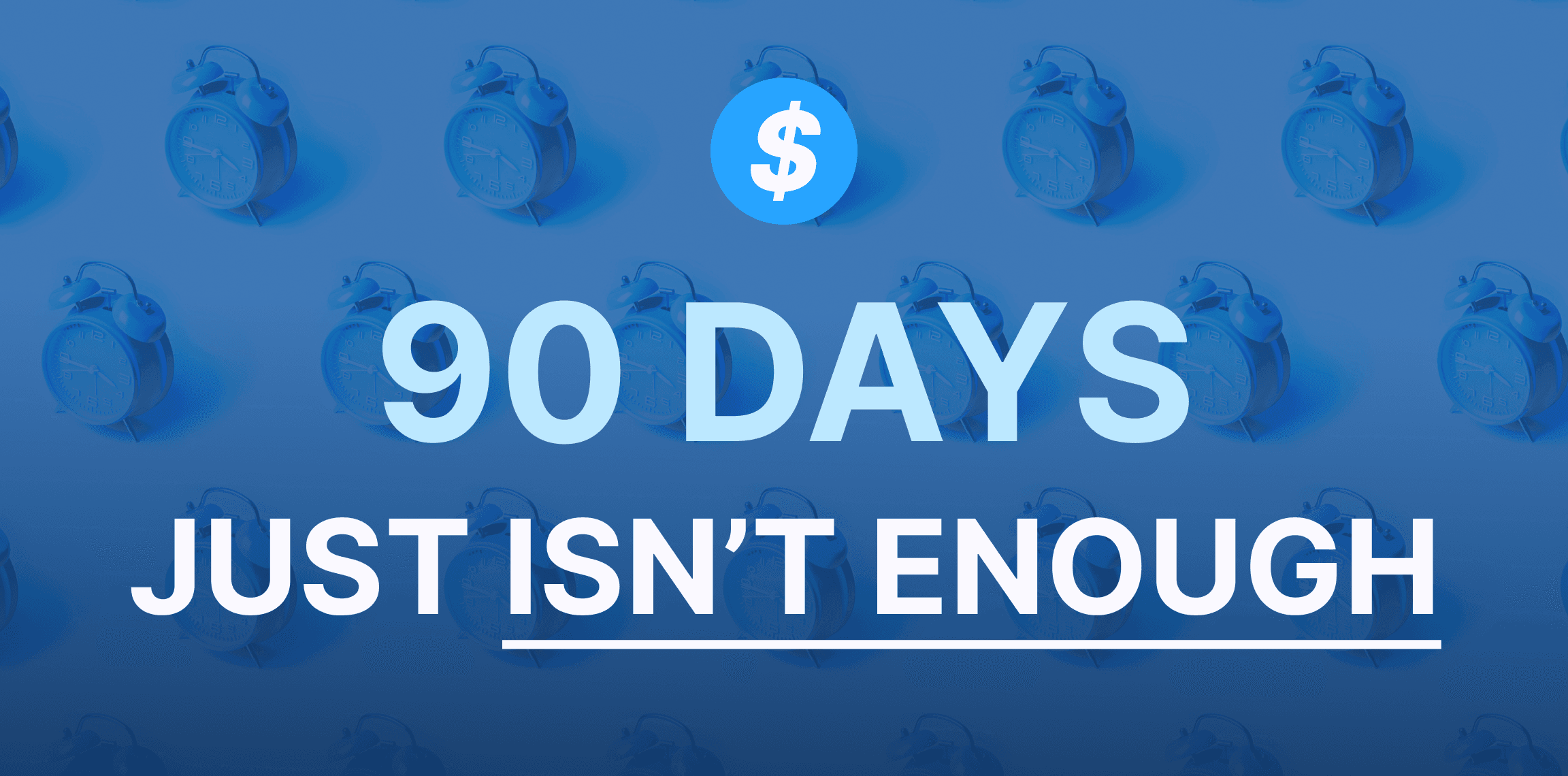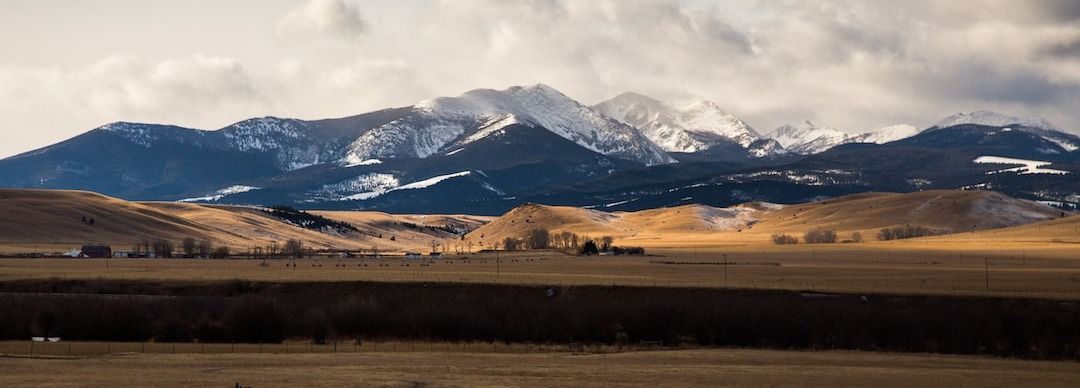Think you can complete your BEAD application in 90 days? Think again.
January 18, 2024
If you're waiting for your state's application, you'll be too late.

Issues of both digital equity and broadband mapping permeated a Saturday afternoon capstone discussion at TPRC on lessons learned from past federal broadband deployment efforts.
The two-day academic conference TPRC, originally the Telecommunications Policy Research Conference, is a major gathering event for academics, policy-makers and industry officials focused on communications and internet policy.
The most sizable discussion point at the event was on broadband. At the September 17, 2022, panel session, experts explored how prior deployment efforts will fare under the bipartisan infrastructure law.
“There was a lot of elbowing in the vendor community [for mapping over] what terrain was open for bids,” said Sharon Strover, a professor at University of Texas at Austin who was involved in the broadband programs under the 2009 American Recovery and Reinvestment Act.
“It was warfare. I have seen that same thing over again” in current discussion of broadband mapping, she said.
At least three of the other panelists directly addressed question about mapping, which looms large in discussions surrounding the Broadband Equity, Access and Deployment program.
Panelists were not optimistic about the successful deployment of updated broadband maps by the Federal Communications Commission. Those maps will determine in which states BEAD funds are spent.
Still, the spirit of the session suggested optimism that the U.S. Commerce Department’s National Telecommunications and Information Administration has learned lessons from past broadband projects.
Now, NTIA is running the $42.5 billion BEAD program, which is the largest part of the Infrastructure Investment and Jobs Act’s $65 billion in broadband funding.

Moderator Alexis Schrubbe (left), and panelists Johannes Bauer, Sharon Strover, Angela Siefer, Anna Read, Joshua Edmonds, and Francois Bar (left to right)
Whether the FCC succeeds or not in its quest for improved maps, state broadband offices will be responsible for implementing the BEAD program, and “states are well positioned” to handle that responsibility, said Anna Reed, who leads the broadband access initiative at the Pew Charitable Trusts.
Both immediately prior to the COVID-19 pandemic and because of it, states have been increasing their capacity by creating some form of broadband offices within state government, Reed said.
And while some state program had significant broadband funding, until the pandemic the majority of them did not.
Federal laws passed in 2020 and 2021 have given the states what they needed — broadband money — to close the gaps among those who lack internet service and the ability to make use of it. “States were never going to have the level of funding to close [the digital divide] at any real speed,” she said.
No matter the role of federal and state broadband maps in the deployment of BEAD, one issue that won’t go away is ensuring digital equity.
In particular, it is vital that the nation spend federal funds well by ensuring “equitable access to and use of [broadband] technologies,” said Angela Siefer, executive director of the National Digital Inclusion Alliance. She said her group has nearly quadrupled in size since the beginning of the pandemic.
As BEAD programs roll out, Siefer encouraged policy-makers, advocates and academics to ensure that they are interacting with bona-fide community members working on digital equity and digital inclusion efforts. She cited the NDIA community’s more than 900 affiliated organizations as a model to look to.
And yet broadband infrastructure cannot be separated from the role that is being played in digital inclusion, said Joshua Edmonds, speaking on the panel about Detroit’s work with both broadband infrastructure and broadband adoption and use.
“We can’t coupon our way to digital equity,” said Edmonds, who has been at the City of Detroit’s Office of Digital Inclusion and the city’s Connect313. It was announced on September 19, 2022, that Edmonds will become the CEO of Cleveland-based non-profit DigitalC.

January 18, 2024
If you're waiting for your state's application, you'll be too late.

January 09, 2024
The big sky state joins a small list of eligible entities that have kicked off their broadband challenge process.